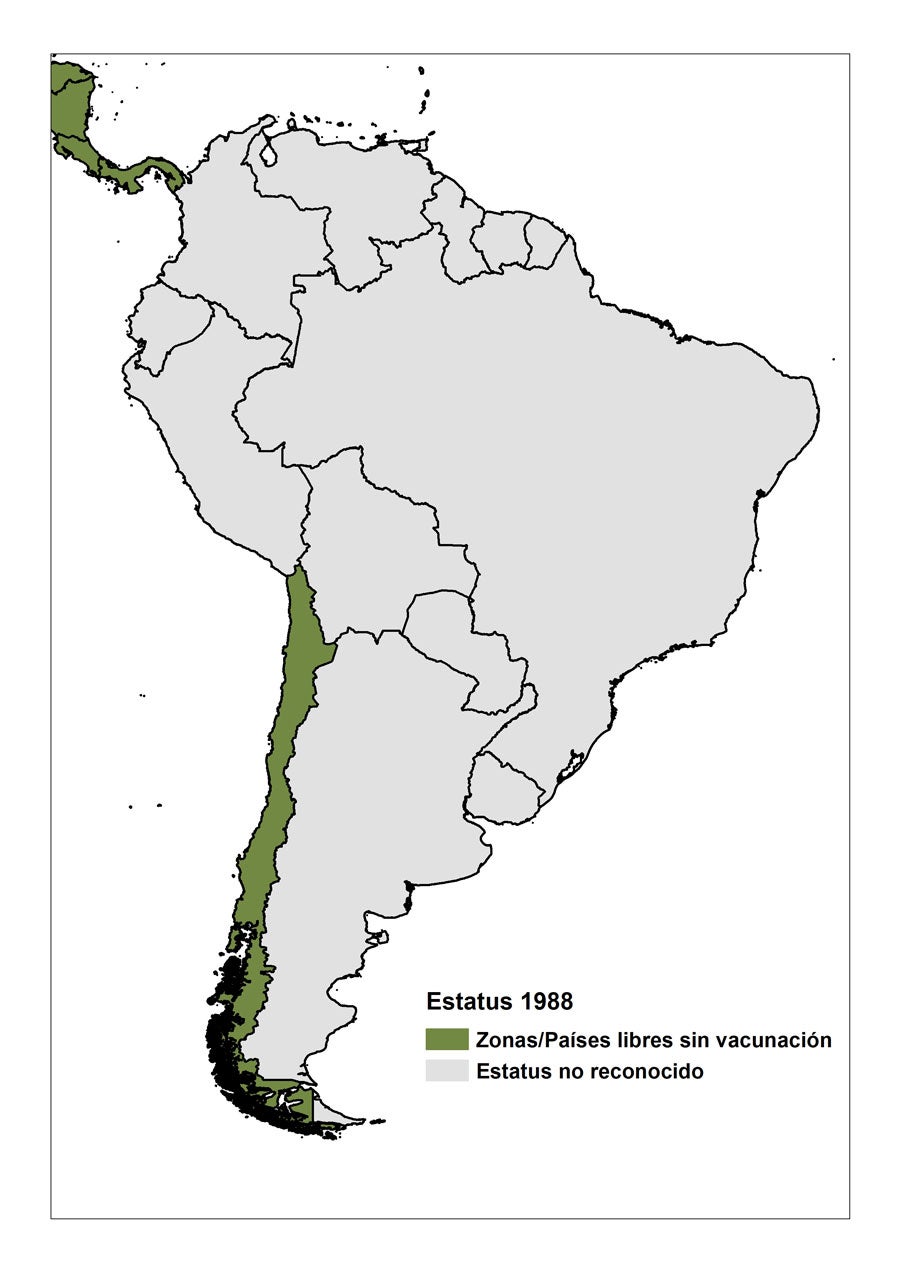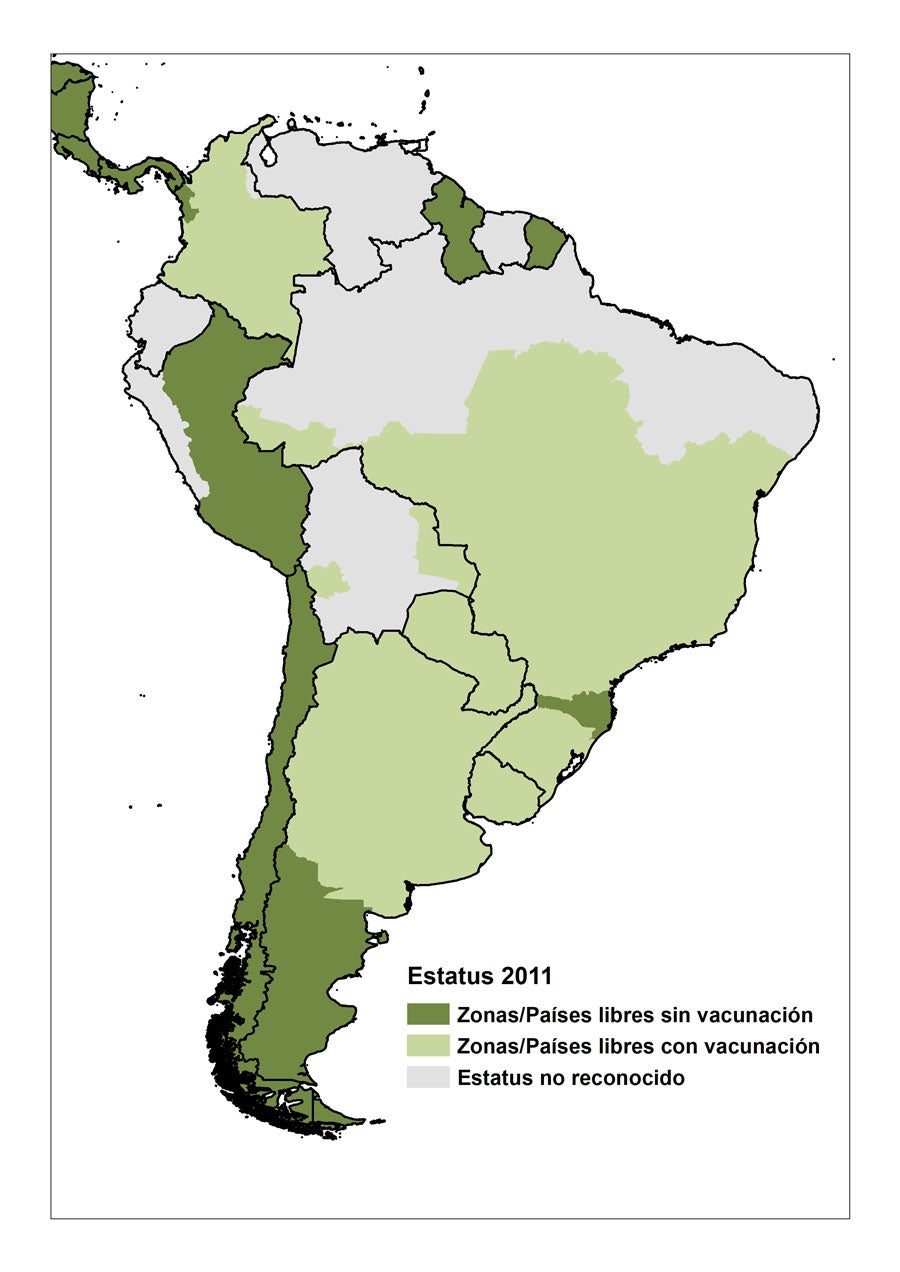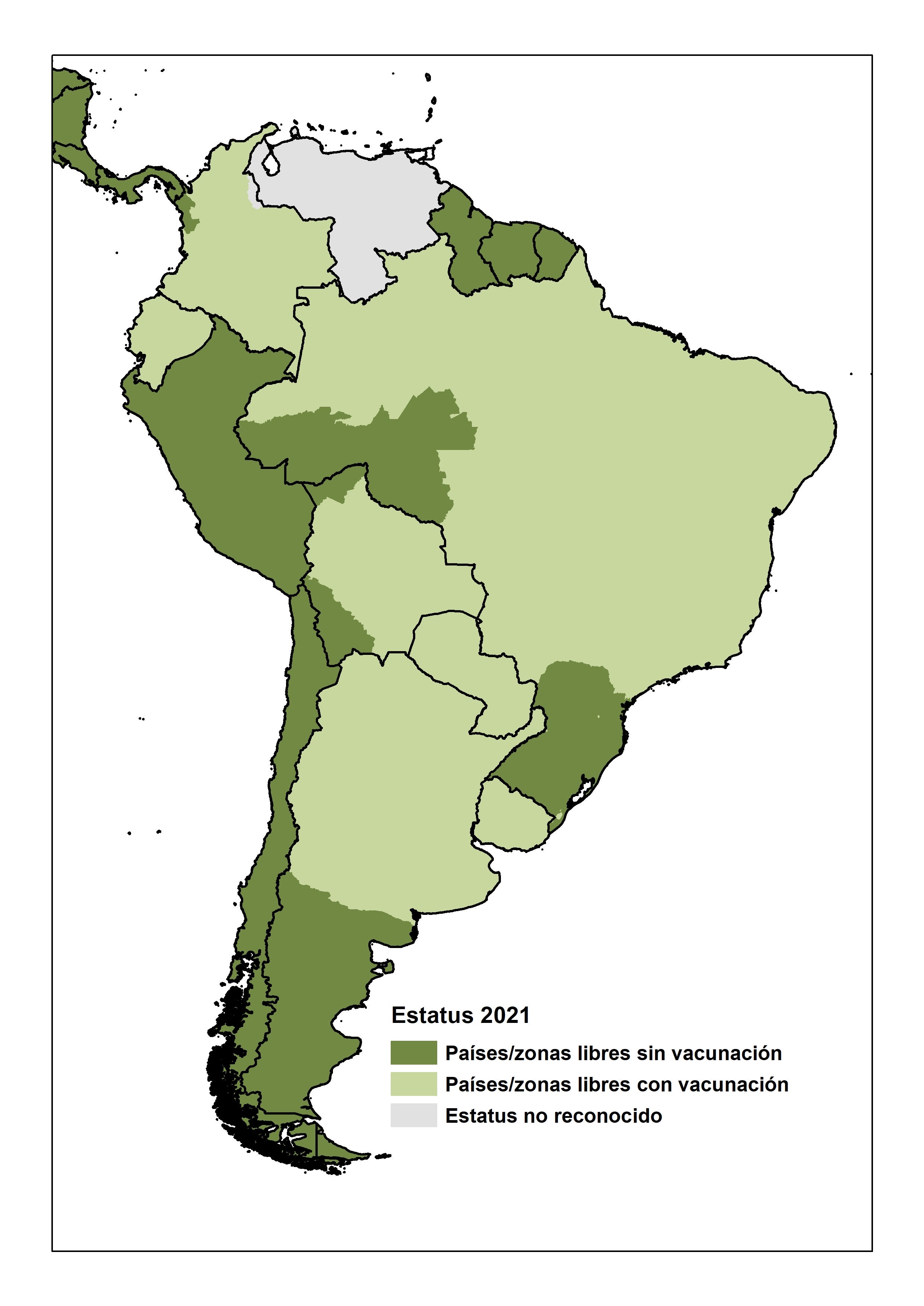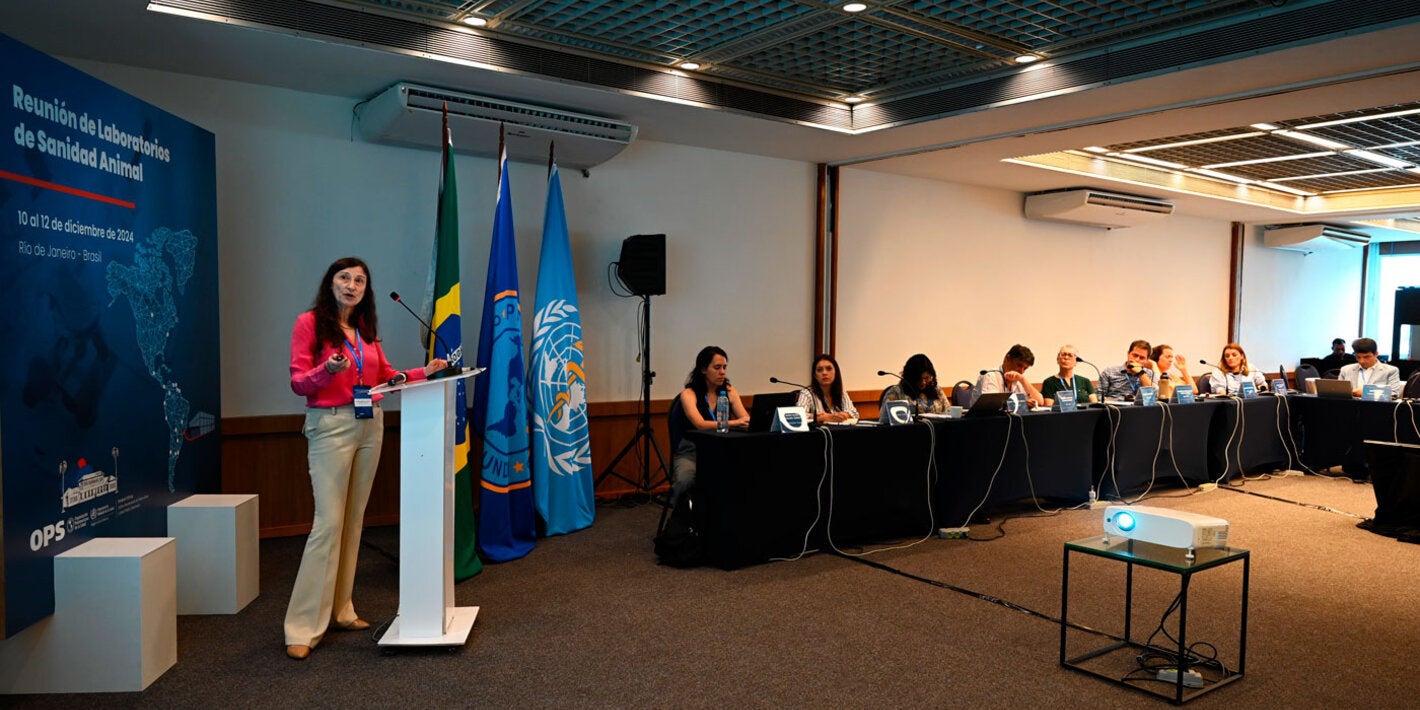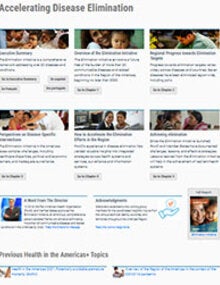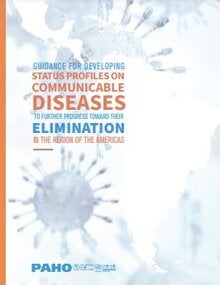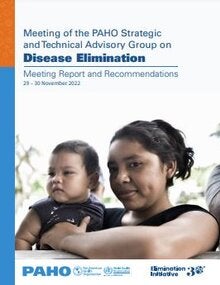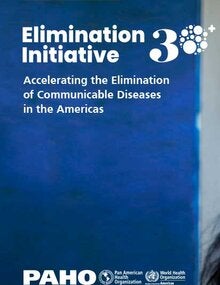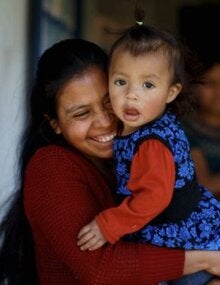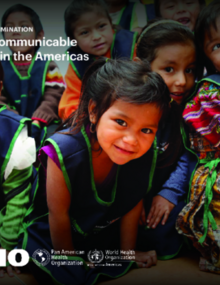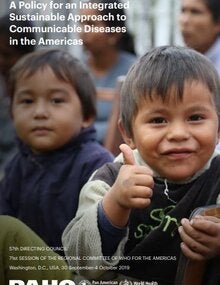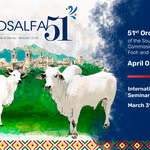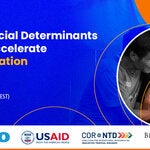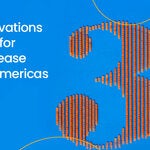Home
Foot-and-mouth disease is a serious viral disease that affects livestock, including cattle, pigs and other cloven-hoofed ruminants. It is highly contagious and carries significant socio-economic consequences, with losses that can exceed 20 billion dollars annually in affected countries. If reintroduced into FMD-free countries it could cause losses of more than 8 billion dollars. In addition to its enormous economic impact, foot-and-mouth disease is associated with serious social problems, especially in the most vulnerable populations.
Countries affected by foot-and-mouth disease suffer severe economic losses due to the decrease in the production of meat and milk and the devaluation of animal products in the context of the international market, which imposes serious obstacles to their development. This amply justifies the efforts that the affected countries are making within the framework of the Hemispheric Plan for the Eradication of Foot-and-Mouth Disease towards the eradication of the disease.
Foot-and-mouth disease belongs to the so-called vesicular disease complex, which also includes vesicular stomatitis (VS), vesicular rash, and swine vesicular disease (SVD). In the affected species, these diseases commonly cause the formation of vesicles with whitish epithelium containing colorless or slightly bloody fluid, which are pathognomonic for these diseases. Due to the similarity of symptoms and clinical signs between the aforementioned diseases and other so-called confusable diseases, the diagnosis should always be based on specific diagnostic tests and a detailed epidemiological tracing study.
In 1951, the countries of the Organization of American States requested support from the Pan American Health Organization (PAHO) to combat foot-and-mouth disease in the continent. Since then, PANAFTOSA/SPV has promoted ongoing technical cooperation with the countries of the Americas to develop and strengthen national and regional initiatives aimed at eradicating, preventing, and preparing for a potential reintroduction of the disease.
- Evaluation of the national system for surveillance, eradication, prevention, and emergency preparedness, including the development or revision of contingency plans.
- Assessment of the legal and technical framework, including the production of manuals or guidelines.
- Training, including emergency response training and drills.
- Laboratory support for the development and improvement of diagnostic kits, laboratory diagnostic techniques, and quality control testing for vaccines.
- Regional cooperation: Coordination of the Hemispheric Foot-and-Mouth Disease Eradication Program (PHEFA) and technical-managerial support in regional discussion forums such as the South American Commission for the Control of Foot-and-Mouth Disease (COSALFA) and the Hemispheric Committee for the Eradication of Foot-and-Mouth Disease (COHEFA). This also includes regional support actions for countries, such as the Regional Antigen Bank for Foot-and-Mouth Disease (BANVACO), the Regional Monitoring Commission of the National Plan for the Eradication of Foot-and-Mouth Disease in Venezuela (PROFA), and the Regional Commission for Biological Risk Management and Biosafety.
Although foot-and-mouth disease does not pose a direct risk to public health, due to its social and economic impact on human populations, this is a concern for both affected and disease-free countries. In this regard, foot-and-mouth disease is included in PAHO's disease elimination initiative, which aims to eliminate 30 diseases in the Americas by 2030.


